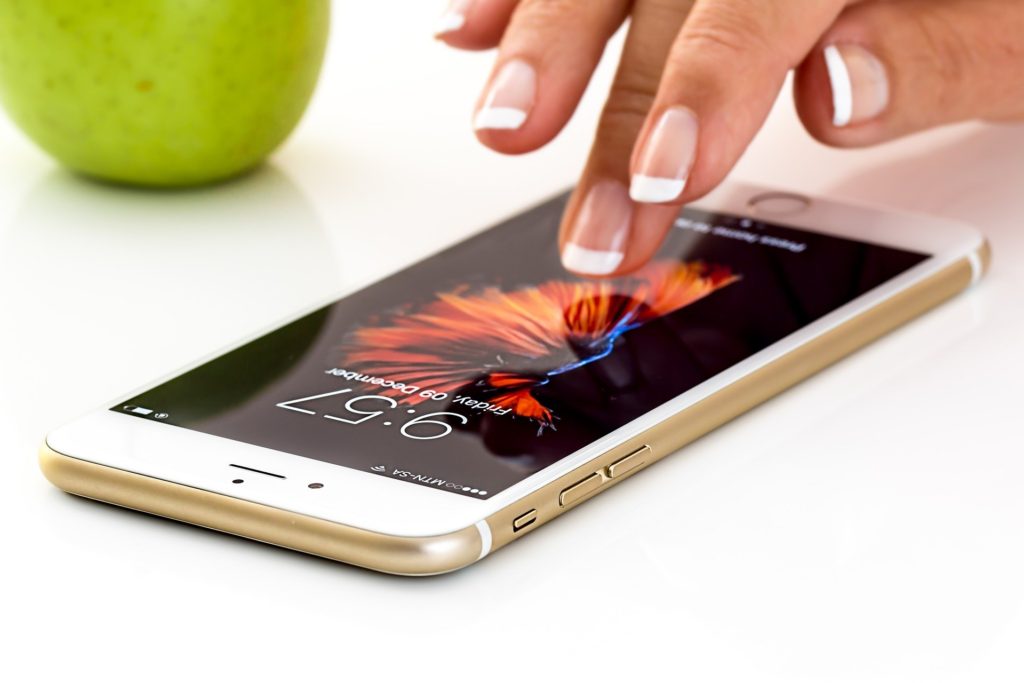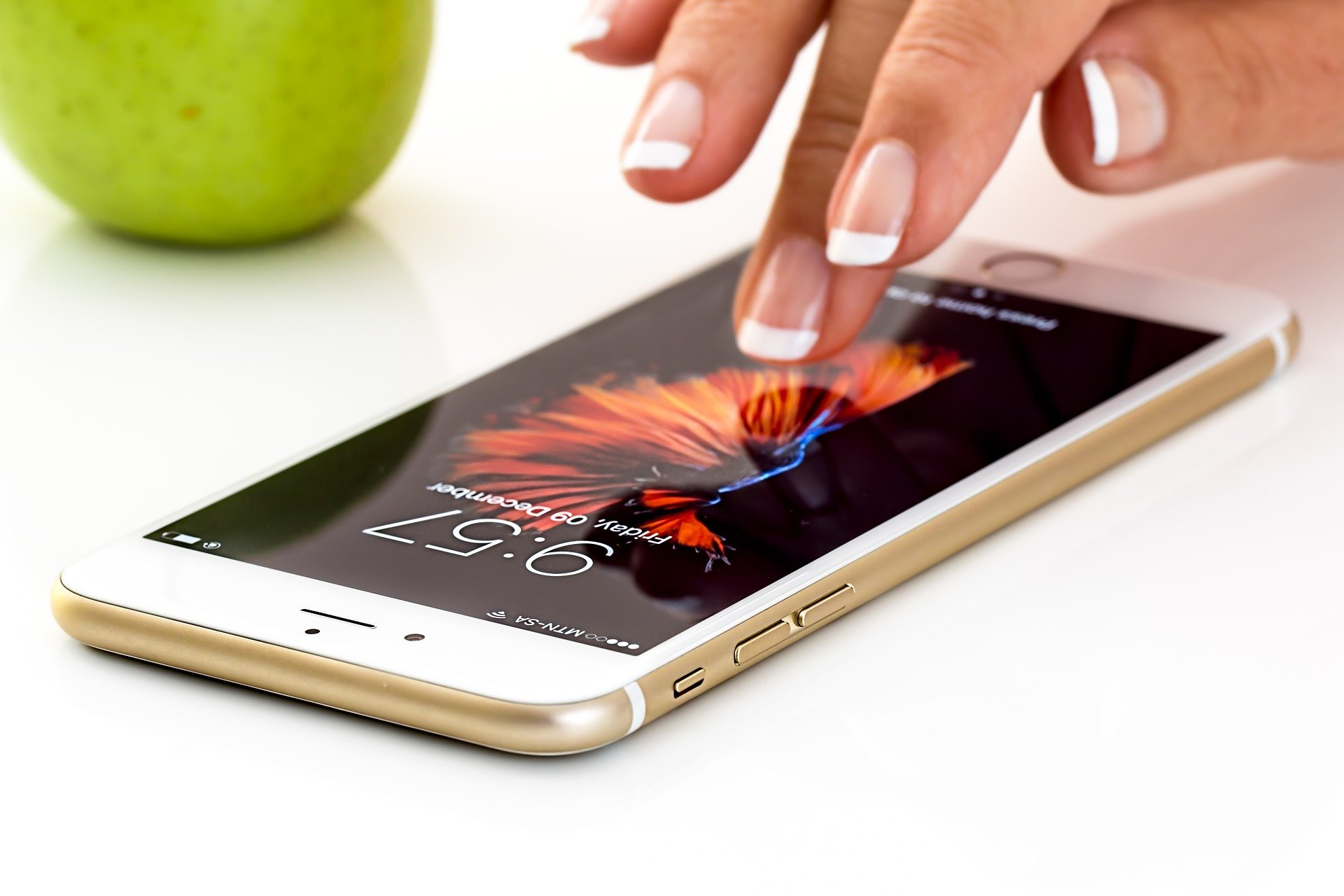
Tech gadgets make great gifts and many people will be unwrapping phones and laptops this holiday season. In all the excitement, it’s easy to forget the most important aspect of new device setup — cyber safety.
Cyber safety is essential in order to protect yourself against mobile phone scams and other forms of internet threats. Your phone will likely come with security tools that are designed to safeguard your privacy and security — the trick is understanding how to use these to your benefit.
What is cyber safety?
The online world is full of threats and in order to navigate it safely, we need to practise good cyber safety. Cyber safety can be achieved through the use of specially designed security tools as well as practising safe behaviours that reduce the risk of your privacy being compromised.
Cyber safety is particularly important for mobile devices, due to the large amount of personal information that is stored and transmitted from these gadgets.
Mobile threats
Most of us spend all day on our phones — calling, texting, emailing, banking and browsing. These devices store masses of private information which can be very valuable to cybercriminals.
Smartphones are generally understood to be slightly safer than laptops and PCs. Malware installed on a phone does not have the same capacity to spread and infect other devices as it does on a laptop, however that doesn’t mean that there is no risk associated with browsing online on your phone.
Mobile phone scams are becoming more commonplace and can have devastating consequences for victims.
Making maximum use of the security settings built into your device is one way to reduce the risk of falling victim to an online scam. Both Apple and Android devices come pre-installed with a range of tools that are designed to protect you from the most common types of threats. Learning how to set up and use these should be the first step upon unboxing a new phone.
When it comes to Apple devices, these tools include:
- Face ID
Face ID, as the name suggests, authenticates you as the owner of your device through facial recognition technology. With just a glance, Face ID securely unlocks your iPhone or iPad by analysing over 30,000 invisible dots on your face to create a depth map. The technology automatically adapts to moderate changes in your appearance such as facial hair, glasses and make-up.
Apple believes that the likelihood of a random person in the population being able to unlock your phone through Face ID is 1 in 1,000,000, so it is an incredibly secure way of preventing anyone from physically accessing your device.
- Passcode
Most of us use the standard four digit numeric pass-code when setting up our device but did you know there are a wide range of password options available? You also have the ability to set a custom alphanumeric code or a custom numeric code, which can significantly strengthen the security of your device.
To set a complex passcode on your iOS device, following these steps:
- Go to Settings.
- Select ‘Face ID & Passcode’. On iPhone 8 devices, this will say ‘Touch ID & Passcode’.
- Enter your existing passcode.
- Tap the ‘Passcode Options’ link to select a passcode type. The options will include ‘Custom Alphanumeric Code’ ‘Custom Numeric Code’ and ‘4-Digit Numeric Code’
- Wi-Fi
We all love free Wi-Fi but from a security perspective, logging onto your shopping centre’s network is not the best decision that you can make.
Unsecured networks may be monitored by scammers and cybercriminals who can track your activities and eavesdrop on private information.
You should always use a VPN when browsing over unsecured networks (if you already have something like a vpn for torrenting for your PC, you may find that you can add this VPN on to your new phone at no extra cost) or better still, never log onto public Wi-Fi. In order to prevent your new phone from automatically joining unknown networks, follow these steps:
- Go to Settings.
- Select ‘Wi-Fi’.
- Navigate to ‘Ask to Join Networks’.
- Click ‘Ask’.
Your phone will now ask you before automatically logging onto any Wi-Fi connections.
- Lock Screen
Whilst we often imagine cybercriminals snooping on unseen networks, physically safeguarding your device is equally as important as securing your online connections. One way to do this is by using the ‘Auto-Lock’ option.
‘Auto-Lock’ specifies how long your iPhone stays on after you have last used it. If you were to select ‘Never’ and someone swiped your phone, they wouldn’t even necessarily need to know your password to access your personal information.
To set your ‘Auto-Lock’ feature, follow these steps:
- Go to Settings.
- Select ‘Display & Brightness’.
- Navigate to ‘Auto-Lock’.
- Select an appropriate setting for you.
Owning a mobile phone will always make you more susceptible to the actions of cybercriminals. Should you be lucky enough to receive a new phone this holiday season, take the time to properly set up the security functions and ensure you stay up to date with the latest mobile phone scams and risks to ensure maximum personal security.
Author Bio:
Bridget
Bridget is a writer and editor, currently living in Melbourne. She is a copywriter for Newpath Web and loves working with words of all shapes and sizes. When not playing around with punctuation and grammar, she enjoys travelling and curating her Spotify playlists.
